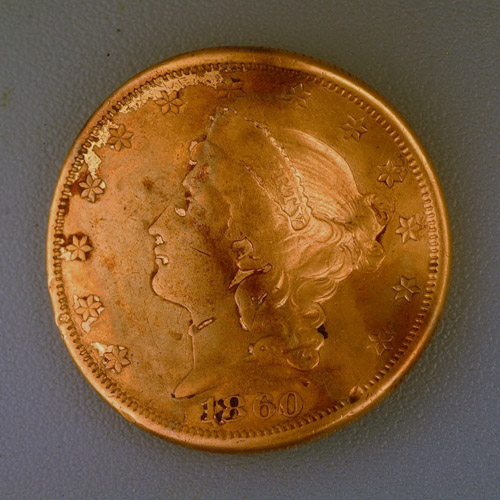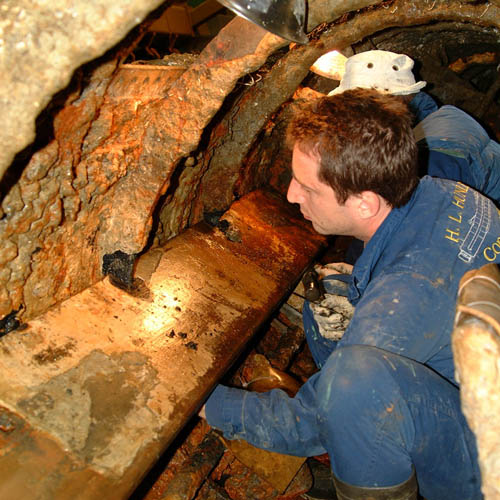About the Collection
Conservation is extremely important in the field of underwater archaeology. The uncontrolled exposure to air of any material recovered from a marine environment can lead to irreversible damage and the disastrous loss of archaeological data.
Organic materials such as leather, wood, textile, rope and plant remains, if allowed to dry without conservation treatment, they can crumble and collapsed in a matter of hours. Iron and other metals on the other hand, can last for a few days or months depending on the size and density of the artifact. But they will eventually deteriorate, corrode and fall apart. These reactions are due to a sudden break in the equilibrium reached by the artifact after years of submersion in water (as they are excavated). The main goals of conservation, therefore, are to provide archaeologists and conservators with the proper tools and techniques to handle, store, stabilize, and study the recovered artifacts.
This collection is comprised of a selection of artifacts excavated from the submarine and that were used by the crew members. Most of these artifacts were found nearby the crew members or in crew member’s pockets. The commander of the submarine, Lt. George Dixon, carried a 20 dollar engraved gold coin in his pocket as well as a pair of binoculars, a gold pocket watch, and a pocket knife; and as part of his garments, silver suspenders and vest buckles. The rest of the crew members carried with them pocket knives, a wallet, pipes, matches, toothpicks, pencils and a variety of objects for everyday use. Also included are clothing accessories such as buttons and shoes as well as cork canteen stoppers.


